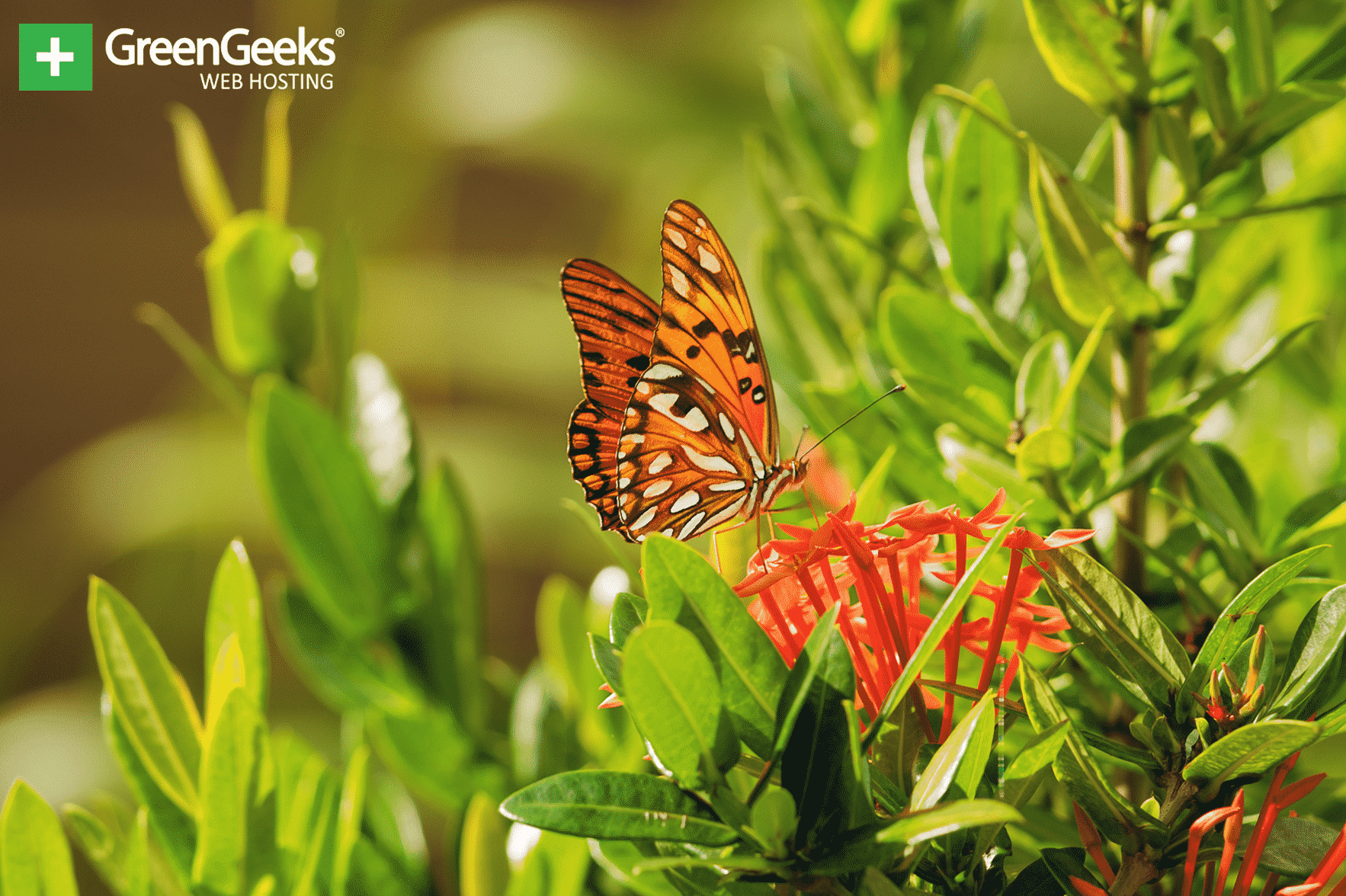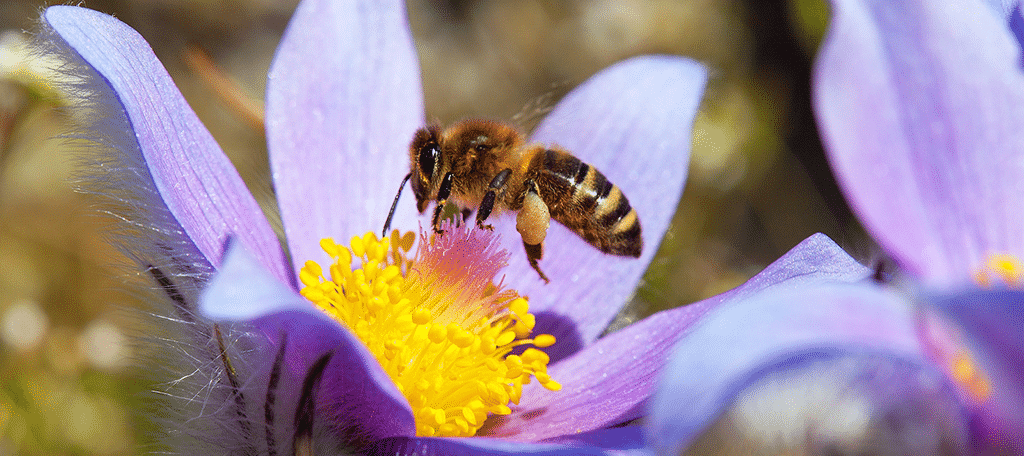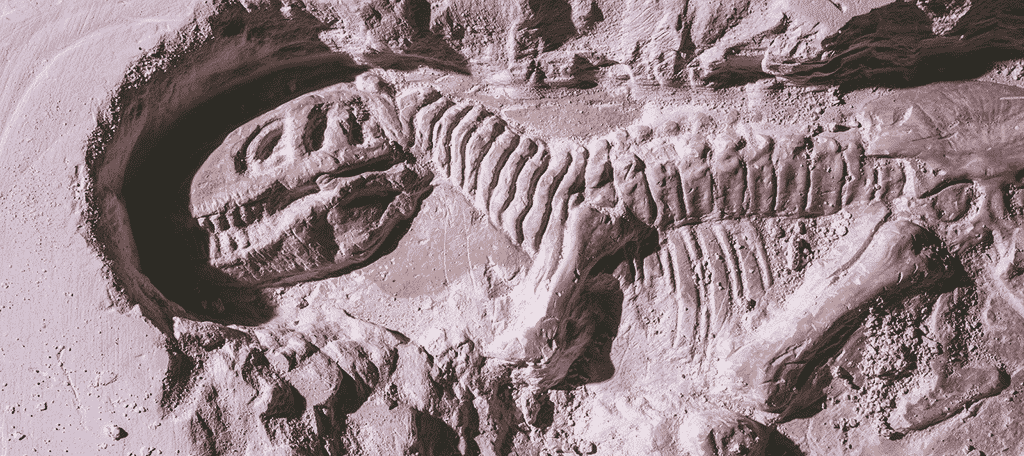
Insects are a crucial part of every environment they reside in and their absence would spell disaster. In a recent study, it was found that there is a 40% insect decline and that all of these species may face extinction.
While most people do try to keep insects away from their homes, having no insects is far far worse. Insects bring a valuable skill set to every environment and are a very important part of the food chain.
The Value of Insects

So what exactly do insects do for the environment? For starters, they are an essential part of the food chain. Their decline will lead to a decline of species that rely on them as a food source and it will work its way all the way to the top. In particular, birds heavily rely on insects as their main source of food.
However, when insects are not being eaten, they are making the environment better. For example, it is a well-known fact that bees pollinate flowers by their nest. Without bees, humanity’s food diversity would disappear.
Over one-third of our agriculture sector relies on bees to pollinate the crops. Without this type of plant pollination, produce like apples, plums, cherries, and more would simply vanish. Our main food sources would be safe, but diversity would not.
This is just one example. There are multiple insects that do a lot of important work in the environment. One of the biggest unsung heroes is the Dung Beetles. While these insects are not pleasant to think about, they remove animal waste from the environment. Both bees and beetles are on the decline.
What Is Causing the Decline
There is no simple answer to this question. The decline of insects has multiple reasons behind it. For starters, deforestation is literally destroying the vast majority of insect habitats. Ever wonder what actually happens when a forest is leveled? Nothing good for the residents, that’s for sure.
Farmers try very hard to protect their hard grown crops from insects and maybe they are getting a little too good at it. Agriculture plantations regularly use pesticides on their crops to protect them and they are really successful, too successful. Not only are pesticides the problem, but farmers also use fertilizers that are toxic to many insects.
Global warming is one of those topics that just ends up in every conversation and it has a place here. There are multiple examples of animals and sea life suffering directly due to the effects of global warming and insects are no different. The temperature changes are directly hurting certain species.
Not All Species Are In Decline
A very important thing to know is that only 40% of insects are in decline. Other species are actually thriving thanks to the changes. For instance, two of the species that are thriving are cockroaches and houseflies.
This situation is very similar to the increase in rats population. These species breed more frequently and their mating seasons have increased due to global warming.
Early Signs of the Sixth Mass Extinction

Throughout Earth’s history, mass extinctions have taken place on the planet. Mass extinction is when a very large amount of animal and plant species begin going extinct in a very short period of time. Dinosaurs are the most well-known example of this phenomenon.
Scientists have noted that five mass extinction events have taken place throughout history. These may have been caused by various events like the ice age, super volcanoes erupting, a large meteor striking earth, etc. Most scientists are in agreement that the sixth mass extinction will be caused by humanity and the event may be known as climate change.

